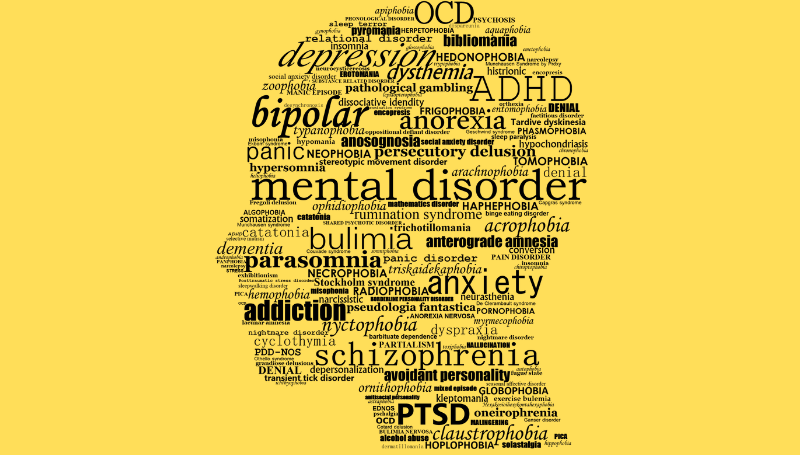Jesse Singal
Spectator World, July 24, 2022
“… from 2009 to 2012, Facebook and Twitter passed out roughly 1 billion dart guns globally.”
The youth aren’t doing well — not in America, at least. Even before Covid, experts were ringing the alarm bells about a decade-or-so-long trend of American teens and tweens experiencing a steady uptick in anxiety, depression and self-harm symptoms.
Late last year, US surgeon general Dr. Vivek Murthy published an official advisory attempting to raise awareness of this issue. As the accompanying press release explained, “from 2009 to 2019, the share of high school students who reported persistent feelings of sadness or hopelessness increased by 40 percent, to more than one in three students. Suicidal behaviors among high school students also increased during the decade preceding Covid, with 19 percent seriously considering attempting suicide, a 36 percent increase from 2009 to 2019, and about 16 percent having made a suicide plan in the prior year, a 44 percent increase from 2009 to 2019.” Murthy described the situation as a “dual crisis” — the terrible impact of Covid layered atop an already dire youth-mental-health landscape.
The most viscerally upsetting presentation of the stats I’ve seen is a graphic representation of CDC data for emergency room visits for self-inflicted injuries among 10- to 19-year-olds. It shows a truly jarring and sudden uptick that started in 2009 — a terrifyingly steep line shooting up toward the heavens.
Both sexes are suffering, but the pain hasn’t been distributed equally between them. As the social psychologist Jonathan Haidt, who has written at length about this phenomenon, put it in testimony he submitted to a congressional subcommittee, “the base rate for mood disorders is always higher for girls than boys, particularly after puberty, which means that a doubling of the rate produces far more additional sick girls than boys… [and] there are some disorders and age groups for which girls are up far more, especially for self-harm, which is a much more common way of manifesting anxiety in girls than in boys.”


